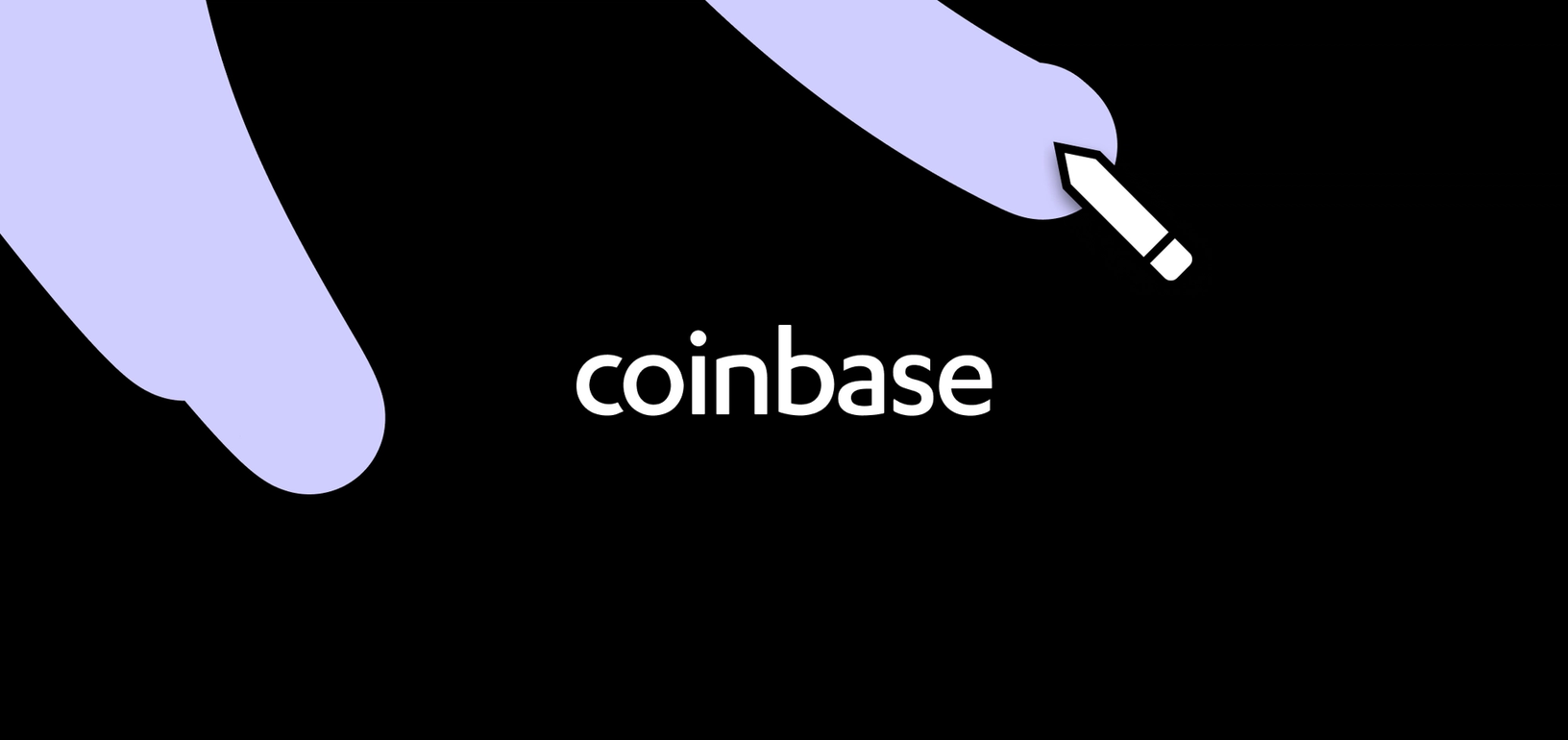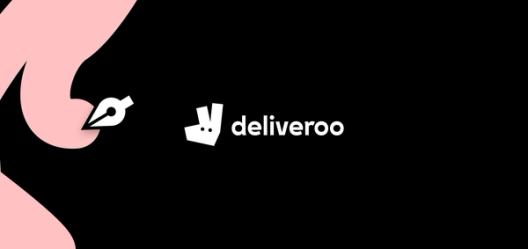Designing an open financial system at Coinbase


Coinbase designs an open financial system through an open design process with Figma.
Cryptocurrency and the rise of the Bitcoin have created a financial phenomenon. Just as the Internet revolutionized the distribution of information in the 90s, cryptocurrency is revolutionizing the modern financial system - one Bitcoin at a time. While this new and decentralized system may be intimidating to some, many believe an open financial system can spark economic growth, unlock a new wave of innovation and empower billions of people.
As the global financial market takes shape, one company is at the center - Coinbase. With more than 20 Million users worldwide, Coinbase makes it easy for anyone to buy, sell, and manage digital currency. Products like Coinbase Consumer and Wallet have been able to bring crypto mainstream by abstracting away the complexities of blockchain and making exchange easy for new users… and that all starts with good design.
Open Financial System → Open Design
The Coinbase mission is to create an open financial system for the world. To deliver on this vision, the design team has four guiding principles: to guide, empower, humanize and simplify. For Connie Yang, director of design, these principals help tackle the basic challenges when designing for crypto. She explains in her recent blog post, Why Design is the Killer App for Crypto, “alongside all the brilliant protocol developers, investors, and entrepreneurs — we need more people thinking about guidance, education, and use cases — people who can make technical ideas accessible to all.”
Just as openness and transparency are inherent pillars in the space, the same can be applied to design. For Yang’s team, design is open. It is a collaborative, iterative process. It is not exclusive to designers but inclusive of all roles. Anyone can participate and they are encouraged to do so. But it wasn’t always that way… at least in practice.
Like many design teams, the siloed nature of tools restricted the Coinbase designers to fully embrace the concept of open design. To compensate, their tech stack and workflows grew exponentially. With one tool for designing, a different tool for prototyping and yet another tool for handing off to engineers, it became overwhelming. Context switching across platforms became a challenge and versioning issues became a nightmare. But when Zach Krassner, senior designer, introduced the team to Figma, things began to shift.
It was the easiest roll out I’ve ever had because all I had to do was send out a link - it was amazing!
For Krassner, because Figma is browser-based, everything is available online and multiple people can design together in one space, “it was like a designer’s dream,” he says. Finally, the team had a space where they could design in the open, solicit feedback and iterate together. Krassner explains, “When all types of people can come together, put their thoughts into a product and you can collect it all in one place rather than switching between a bunch of different places, that is real value.”
Rocking out with together
Centralized on a single design tool, the team hit their groove - literally. Because files can be centrally stored and are accessible to all, designers, product managers, engineers and even leadership can stay up to date and have input on any given asset. As Yang explains it, “we weren’t designing behind a black box anymore.” As a result, the team could move faster. Yitong Zhang, product designer, explains, “We now have a really tight communication loop between stakeholders - there's no bureaucracy around it, everybody gets their opinion heard and it’s tracked in Figma.” And Michelle Haydu, growth designer, agrees, “things now feel a lot crisper.”
For the first time, designers, PMs, engineers can all speak in the same language, in the same location... in Figma.
But the real music is made during the design team’s jam sessions. Yes, it is just as it sounds. Anytime the team gets an ad hoc request like new swag designs, posters, etc. the team huddles in their Design Lounge, opens a new Figma file and they rock ‘n’ roll. Yang explains, “We can all come together to creatively collaborate on something fun. It’s magical - that could never happen before.”
A brighter future for all
Today the team is faster, more nimble and aligned. “Figma creates a new level of collaboration that never really existed before in design,” says Yang. The team is able to work together and ship products faster. But this is just the beginning - a culture is a living and breathing thing. As Nina Samarguliani, design manager, puts it, “we need to continue to foster an inclusive and diverse culture and put in place the right tools that empower designers to do their best work, not complicate it.”
Pssst, Coinbase is hiring!


